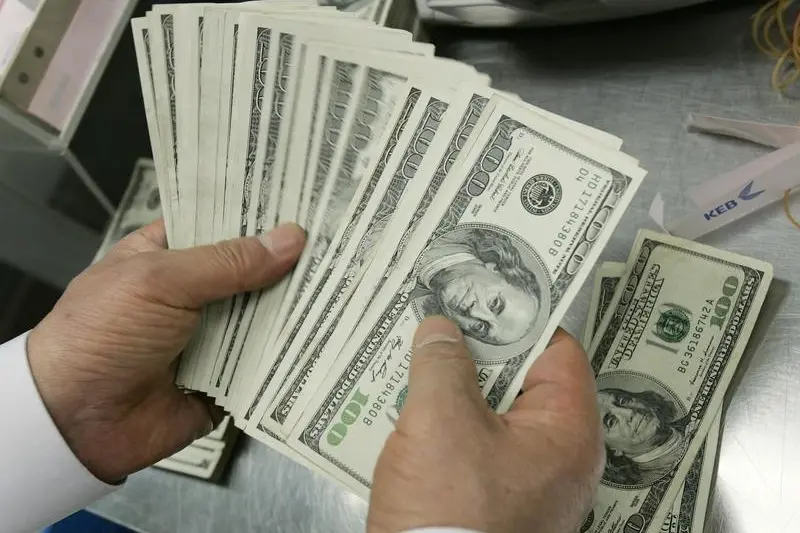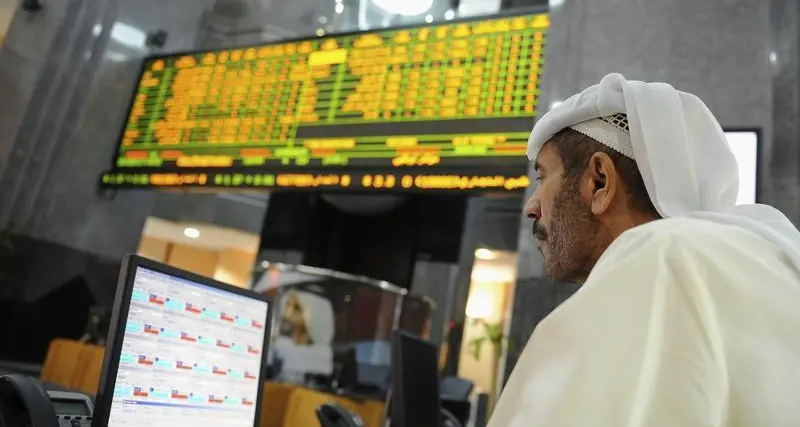PHOTO
LONDON - Siemens is escaping its conglomerate past – but only slowly. The 170-year-old turbine-to-thermostat group said on Monday it would list the oddly named Healthineers, which makes medical kit like MRI scanners, in a deal sources told Reuters would imply a valuation of 40 billion euros including debt. Unless the move is accompanied by a higher group share price, boss Joe Kaeser may have to go further.
Kaeser has admittedly been busy. Last year he merged the German group’s wind-power division with rival Gamesa to form Madrid-listed Siemens Gamesa, and in September he struck a deal to combine rail operations with France’s Alstom. Siemens will own 50 percent of the shares in the train business to be listed in Paris. It will retain at least 80 percent of Healthineers, according to Reuters.
The theory behind the spinoffs is that putting a market price on the subsidiaries should ease the 90 billion euro conglomerate’s discount to the sum of its parts, estimated at 26 percent by Baader Helvea analysts.
Including net debt and minority interests, Siemens’ enterprise value is 101 billion euros, or 11.4 times its 2018 fiscal-year operating profit as forecast by Morgan Stanley. Strip out 40 billion euros for Healthineers and 2.4 billion euros of operating profit, again using Morgan Stanley estimates, and the rest of Siemens is valued on a multiple of 9.4. That’s below the sector’s near-13 times average multiple according to Eikon. If investors give full credit for the rest of Siemens after its Healthineers float, Siemens’ share price would merit a 23 percent hike.
In reality things may be more complicated. After Siemens has floated its rail, wind-power and healthcare units, shareholders seeking exposure to those very different sectors can simply buy shares in the listed subsidiaries. Investors in the parent, however, would be forced to own stakes in disparate companies well outside Siemens’ core businesses supplying machinery and automation software to factories and energy companies. As a result, the market would probably mark the stock down relative to less convoluted peers.
Kaeser might say that there are synergies between the different subsidiaries. But investors tend to be sceptical of such arguments short of a thorough accounting of resulting cost savings and the like. Absent that detail, a breakup would look like a more logical step.
CONTEXT NEWS
- Siemens on Feb. 19 said the planned initial public offering of its Healthineers medical technology division will be completed in the first half of 2018, “subject to capital market conditions”.
- The offering, which could value the business at around 40 billion euros including debt according to Reuters, will consist of shares currently held by Siemens. The Munich-based group led by Joe Kaeser will retain a majority stake in Siemens Healthineers “in the long term”.
- Reuters reported on Feb. 14 that Siemens would sell a stake of no more than 20 percent, and that proceeds from the listing would flow to Siemens, rather than its Healthineers unit.
- Siemens shares were up by 0.5 percent to just under 112 euros at 0900 GMT.
(Editing by George Hay and Bob Cervi)
© Reuters News 2018












